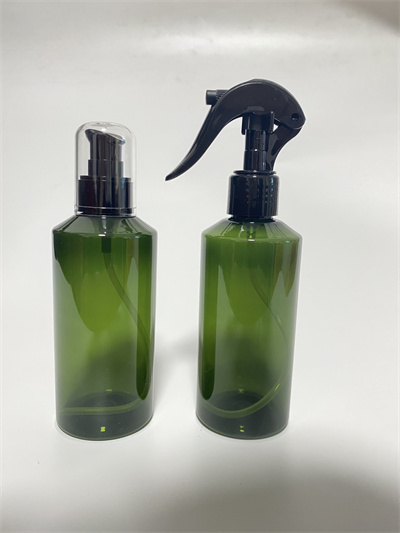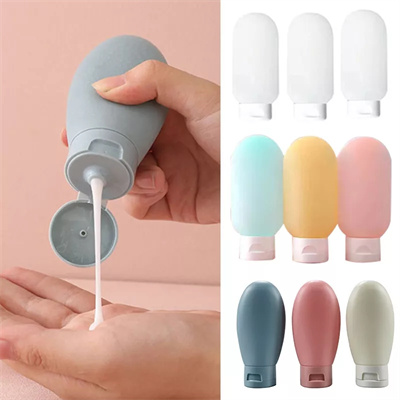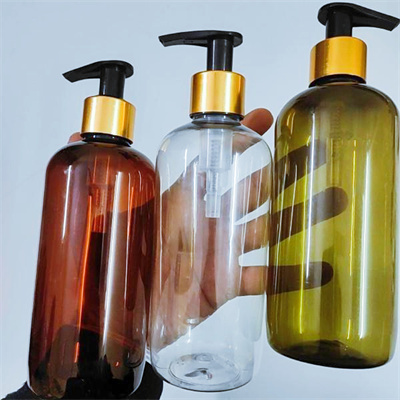A Comparative Analysis of Lotion Bottle Types: Pump, Spray, and Squeeze
August 03, 2024
Lotion bottles come in various designs, each tailored to specific functions and user preferences. Understanding the advantages and disadvantages of different types of lotion bottles can help consumers make informed choices based on their needs. This article will compare three popular types of lotion bottles: pump bottles, spray bottles, and squeeze bottles, highlighting their unique features and suitable product types.
Pump Bottles
Advantages:
Ease of Use: Pump bottles are designed for convenience. Users can dispense the desired amount of lotion with a simple press, making them ideal for daily use.
Controlled Dispensing: The pump mechanism allows for precise control over the amount of product dispensed, reducing waste and ensuring that users get the right amount every time.
Hygienic: Since the user does not need to touch the product directly, pump bottles minimize contamination, keeping the lotion clean and safe.
Disadvantages:
Limited Product Accessibility: When the bottle is nearing empty, it can be challenging to extract the remaining lotion, leading to product wastage.
Mechanical Failure: The pump mechanism may malfunction over time, which can be frustrating for users.
Best Suited For: Pump bottles are ideal for thicker lotions, creams, and liquid soaps, commonly found in skincare and body care products.
2. Spray Bottles

Advantages:
Versatility: Spray bottles can dispense a fine mist, making them suitable for a variety of products, including lotions, perfumes, and hair sprays.
Even Distribution: The spray mechanism allows for an even application over larger areas, which is particularly beneficial for products like body mist or setting sprays.
Refreshing Sensation: Spray bottles can provide a cooling and refreshing experience, especially for products designed for hydration or sun protection.
Disadvantages:
Less Control: Users may find it challenging to control the amount of product dispensed, leading to potential overuse or wastage.
Potential for Clogging: The nozzle can become clogged if the product contains thicker ingredients, which can hinder functionality.
Best Suited For: Spray bottles are perfect for lightweight lotions, body mists, and products that benefit from a refreshing application, such as facial mists and sun sprays.
3. Squeeze Bottles

Advantages:
Full Product Use: Squeeze bottles allow users to get every last drop of lotion, as they can easily squeeze the sides to extract the product.
Simple Design: With fewer moving parts, squeeze bottles are less likely to malfunction compared to pump or spray bottles.
Cost-Effective: Typically, squeeze bottles are more affordable to produce and purchase, making them a popular choice for many brands.
Disadvantages:
Less Control Over Dispensing: Users may find it difficult to dispense a precise amount, leading to potential overuse or messiness.
Hygiene Concerns: Direct contact with the opening can lead to contamination, especially if the bottle is shared among multiple users.
Best Suited For: Squeeze bottles are well-suited for thicker lotions, creams, and gels, such as hand creams, body lotions, and hair gels.
Conclusion
When choosing a lotion bottle, it is essential to consider the specific needs of the product and the preferences of the user. Pump bottles offer ease of use and controlled dispensing, making them ideal for thicker lotions. Spray bottles provide versatility and even distribution, perfect for lightweight products. Squeeze bottles allow for maximum product use but may lack precision in dispensing. By understanding the strengths and weaknesses of each type, consumers can select the most suitable lotion bottle for their skincare or body care routine.

